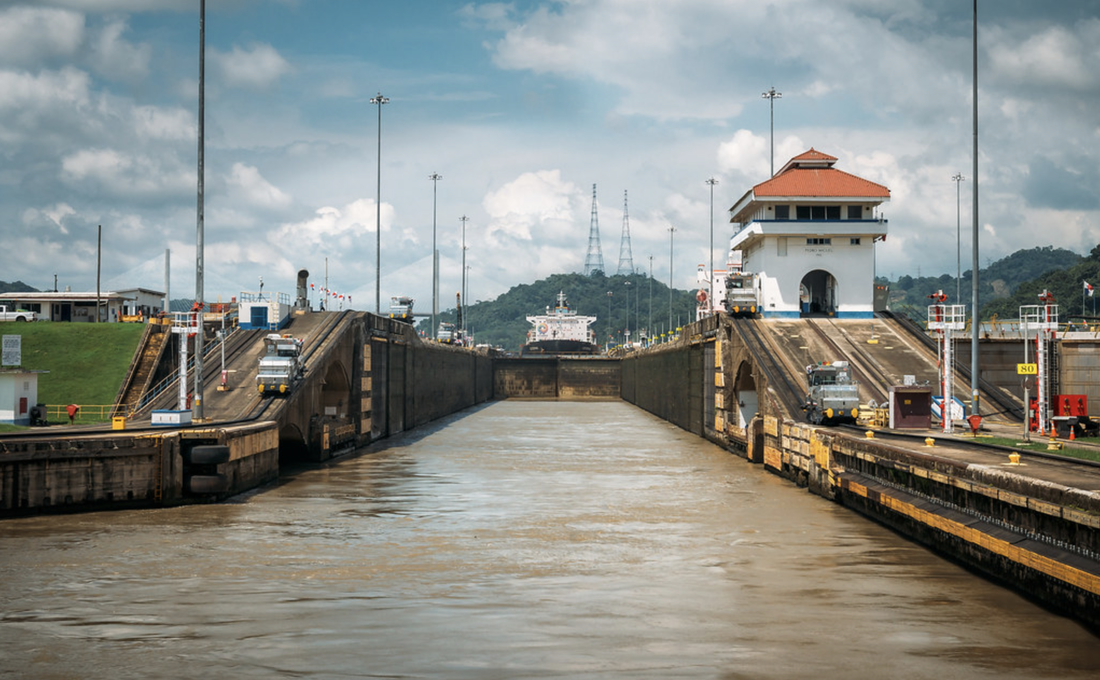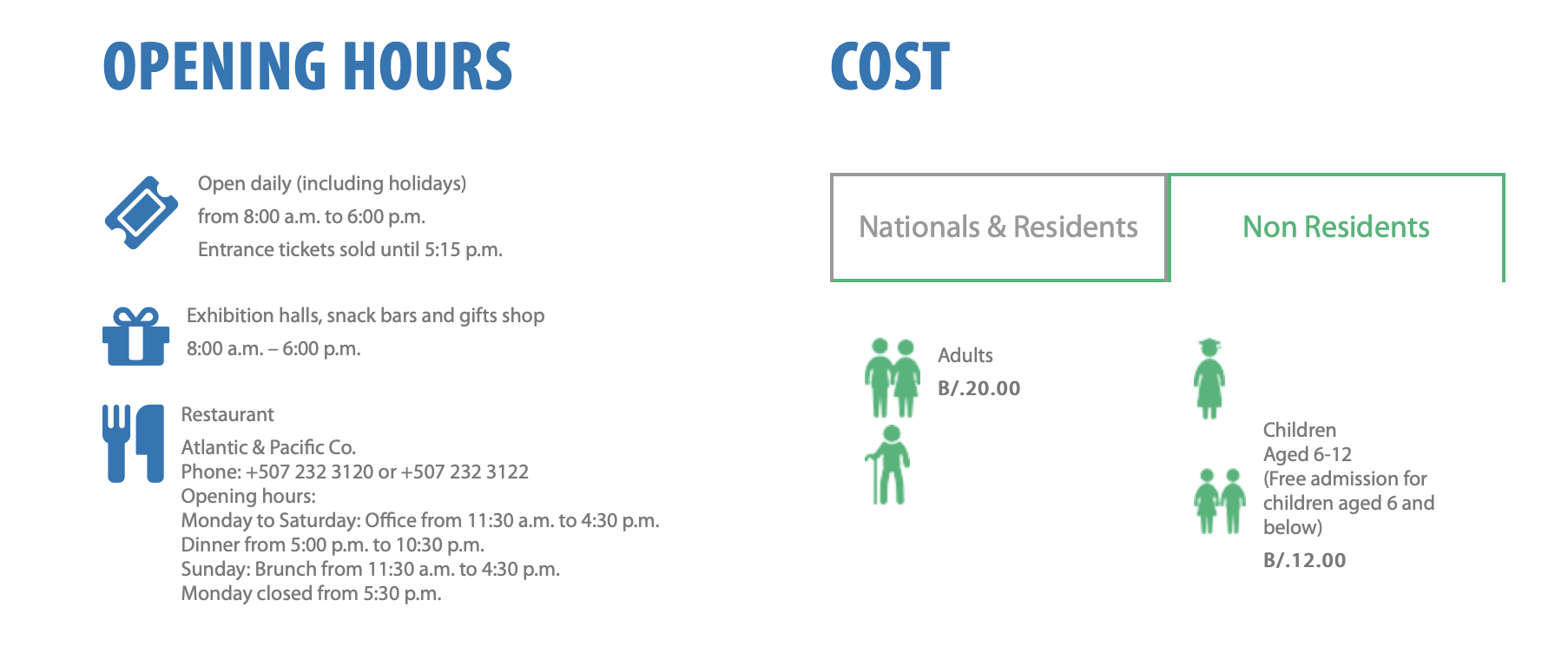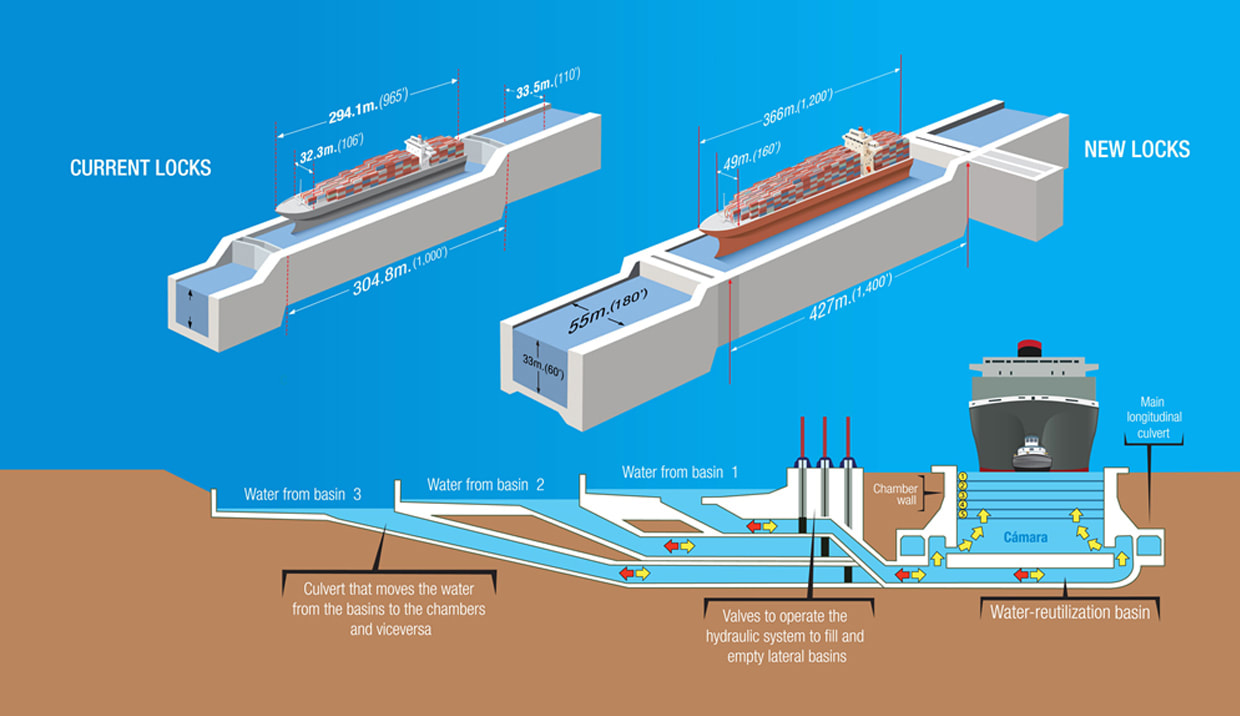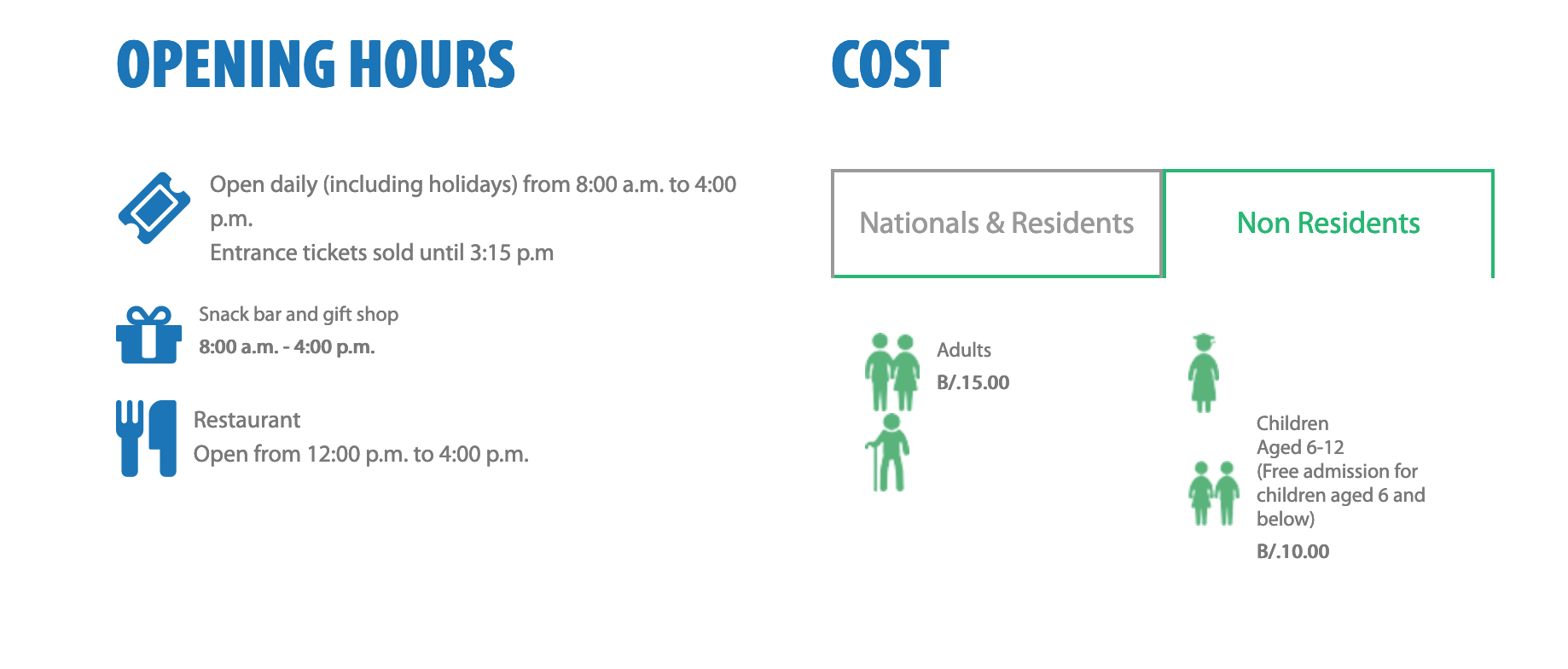|
The Panama Canal is still one of the engineering wonders of the world, even by today's standards it is awesome to see a container ship gliding through massive locks and past a rain forest. Put the Canal in the context of turn of the 19th century technology and the feat of its construction is staggering. But you cannot help noticing that the container and cruise ships squeeze through the looks nowadays with only inches to spare on either side. These are known as Panamax ships built to the maximum beam and draft which the Canal can handle. Many ships are too big for the Canal. These ships, known at Post Panamax, comprise only a small percentage of the world's fleet but the future promises even more and bigger ships, the cargoes of which, if they cannot transit the Canal, will seek other routes including the "dry canals" across other countries of the continent. The possibilities of a waterway linking the Atlantic and the Pacific in this region had been well appreciated for four centuries before anyone started to dig. Spain's King Carlos V ordered a survey of the Canal route in 1524 but it was presumably decided that cutlasses would not be adequate for the job. The French started a Canal in 1880 under de Lesseps, builder of the Suez Canal, but after 20 years of struggle with the jungle, disease, financial problems and the sheer enormity of the project, they were forced to give up. In 1903 Panama seceded from Colombia and the U.S.A. signed a treaty in which the concession for a public maritime transportation service across the Isthmus was granted. The following year, the U.S.A. purchased the French Canal Company's properties for $40 million and began to dig. On August 15 th, 1914, the U.S. cargo ship Ancon made the first transit. The story of this gigantic task is best told in the book, "The Path Between the Seas", by David McCullough. The story is also told dramatically in the murals of the rotunda of the Administration Building at Balboa Heights. The Canal entered yet another phase of its history on Oct. 1st. 1979 when the process of handing the Canal the the Republic of Panama began, under treaties signed by Panama's former head of Government, the late Brig. Gen. Omar Torrijos Herrera, and U.S. President Jimmy Carter. The Canal and all of its infrastructure in the former Canal Zone was finally under Panama's control as the 21st century dawned. How much does it cost to go through the Panama Canal?The average toll for ships using the Canal is between $ 200.000 and $ 300.000 in the old locks and $ 500.000 in the new locks but many save about ten times this figure by eliminating the journey round the Horn. Record tolls: $ 829.000 in the new locks and Richard Halliburton who swam the Canal in 1926 and was charged 36 cents after his displacement tonnage was calculated. Where and what time do you see boats at the Panama Canal?To see the Canal at work-every year handling more than 13,056 bluewater ships, under the flags of about 70 nations - go to the spectator stands at Miraflores or Gatun locks. There is a magnificent Visitor's center and Canal Museum here which has been recently remodeled. Bilingual commentators there are brimful of information and statics. A film of the Canal's operations is shown in the theater of the Visitor's Center. For informaion as to when there will be ships in the locks visit the official website of the Panama Canal. The Canal is about 50 miles long and ships are lifted 85 feet in three lockages as they cross the Isthmus. The journey through the Canal takes about eight hours and a ship is normally in Canal waters between 14 and 16 hours. When was the new expanded Panama Canal inaugurated?To ensure future competitiveness, the Panama Canal Administration has built an extra set of wider and deeper locks.
The construction the new locks (Agua Clara on the Atlantic side and Cocoli on the Pacific) of the expanded Canal began on September 3, 2007, and the works were inaugurated on June 26, 2016. The expanded Canal doubles the capacity of the interoceanic way to meet the growing demand of world trade. The Expansion entailed the construction of two new lock complexes on the Pacific and Atlantic sides. Each complex features three chambers, nine water-saving basins, and rolling gates. The project also included the construction of a Pacific Access Channel, improving the navigational channels and increasing water supply. To ensure the social and environmental viability of the project, the expanded canal complied with environmental impact studies that included mitigation measures such as reforestation, wildlife rescue, archeological and geological rescue. We have a tour at Agua Clara Locks available every day departing from Panama City, you can see it here.
0 Comments
Leave a Reply. |
AuthorAll people can be part of this blog, tell us about your experience in San Blas Islands or some tips for traveling to Panama. Archives
February 2024
Categories |
- Home
- SAN BLAS TOURS
- PANAMA TRAVEL | OTHER TOURS
- Boat Panama/Colombia/Panama
- MULTI-DAY TOURS
- PRIVATE TRANSFERS
- CONTACT
- ABOUT US
- FAQ
- Home
- San Blas Tours
- DESCUBRE PANAMÁ | OTROS TOURS
- MULTI-DAY TOURS
- Bote Panama/Colombia/Panama
- SERVICIO DE TRANSPORTE
- Contacto
- SOBRE NOSOTROS
- FAQ
- Home
- SAN BLAS TOURS
- SCOPRI PANAMÁ | ALTRI TOURS
- MULTI-DAY TOURS
- Barca Panama/Colombia/Panama
- SERVIZIO DI TRASPORTO
- Contatti
- CHI SIAMO
- COME PRENOTARE UN TOUR?
- FAQ
SITE MAP:
BEFORE BOOKING A TOUR TO SAN BLAS
|
LA CASA DE PAPEL 3 | SAN BLAS
|
San Blas dreams
|
MAPA DEL SITIO WEB:
ANTES DE RESERVAR UN TOUR A SAN BLAS
|
NUESTRO BLOG
|
SAN BLAS DREAMS
|
MAPPA DEL SITO:
prima di prenotare un tour alle san blas
|
|
SAN BLAS DREAMS
|




 RSS Feed
RSS Feed








